With Labor Day this weekend, and cooler weather around the corner, that also means rainier weather and the peak of Atlantic hurricane season. Traditionally the season runs from June 1st through November 30th, but the peak is from late August through September, with additional activity often in October.
In order to help you be prepared, we've put together a list of tips from some of the best resources on the web. We've highlighted a few of the best tips below, with links to the full articles for further reading.
Even where we are located (CJ blogging here - and I am in northernmost New Jersey), being relatively far away from the coast doesn't mean you are automatically free from the danger of hurricanes.
Several years ago when Hurricane Irene made landfall closely followed on its heels by Tropical Storm Lee, they together dropped over a foot of rainfall in just a matter of days causing extreme flooding and erosion in the mountains where I live, on up through New England and as far north as Adirondack Park and into Vermont.
The damage my farm sustained was significant, we still haven't fully recovered, and we learned a lot in that storm that we've used to help us get through future storms such as Sandy, although none compared to the one-two punch that Irene and Lee hit us with.

Our driveway had significant damage from the amount of water rushing through it.
Here are some tips based on our experiences:
- Have plenty of fresh water on hand. In the event of a power outage - in the case of the 2011 storms of Irene and Lee it was for nearly a week - having fresh, clean water is a must. We filled extra water troughs, buckets, jugs, and anything else that would hold water so that we could keep the horses hydrated. The roads were impassable for almost 3 full days, so getting people to us for help was out of the question. If you run out of water, you can also consider calling your local fire department if they can make it to you, and often they can bring water in after a natural disaster.
- Have an emergency plan. This should go without saying, but there's more to it than just having a simple 1,2,3 plan in place. The more detailed you can be, the better. For us, when the barn AND the indoor both flooded, we were able to set up round pen panels in the middle, highest and semi-dry spot of the indoor as temporary stalls to be able to safely stable the horses. If you have to evacuate, know where and when and how you will do so. If you are trailering horses out, know who will be there to help, and have everything organized in advance so that you're not scrambling mid-storm.
- Check buildings and sheds for structure soundness. If you have horses that live outside, make sure that your run in sheds are sturdy and there are no trees nearby that are at risk of falling on them. In addition to the wind, ground saturating rains can uproot a tree causing dangerous conditions for your horses. If you have any sheds in question, remove horses from any fields that may have access to them to be safe.
- Make sure your horses are current on their vaccines, especially tetanus and encephalomyelitis and West Nile, as these tend to be more prevalent in storms (tetanus due to debris). Also make sure you have your current coggins in a waterproof bag, and if you need to cross state lines in the event of an emergency, a health certificate is good to get done before the storm.
- Have a generator that can power the necessities. More than just for convenience, things like medications and running lights at night if there's an emergency colic or injury to tend to, can be handled much better with power. Nothing is more debilitating than having in injured horse and not being able to see in the dark to treat it, or finding that your medications have expired because the power is out and the fridge isn't working. A mini-fridge for emergency supplies is always a good idea if you can't afford a larger generator. And in some cases, you can get an adapter to hook up the well pump (be sure to have a professional handle this for you!).
- Keep an emergency kit ready with fresh supplies. Things like vetwrap, elasticon, duct tape, tampons and maxi pads (for bleeding and artery injuries), gauze, topical medication or wound cream, betadine, and rolled gauze are just some of the basics. Get a full list of first aid kit recommendations here: http://www.thehorse.com/articles/10181/your-barns-first-aid-kit

The little creek became a flash-flooded river rushing right through the horse fields.
That's just a start from our experience, and there's even more great tips at:
And while getting ready for the upcoming season, we're going to be hopefully getting some Lighthoof panels installed, as well as testing them out for our dirt-floored stalls. Since the barn flooded in the past, even with new drainage dug, we don't want to pour more concrete which isn't good for drainage and can actually change the water flow around and under the barn. We will be trying out Lighthoof as the surface of the stall to allow better drainage in the event of another catastrophic flood, and report back on how it goes!
Be safe in hurricane season, and wishing everyone a happy and fun Labor Day Weekend!

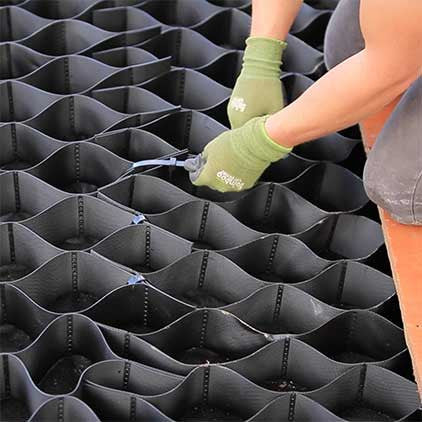
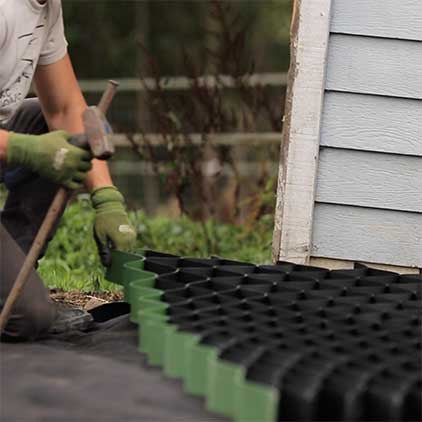
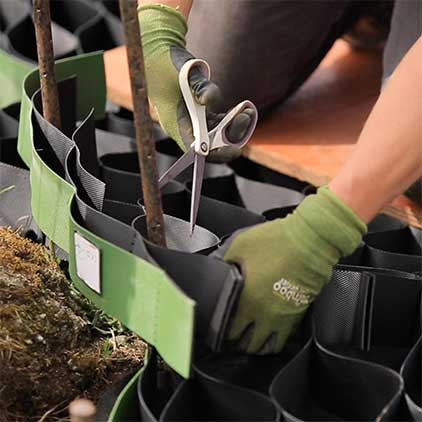
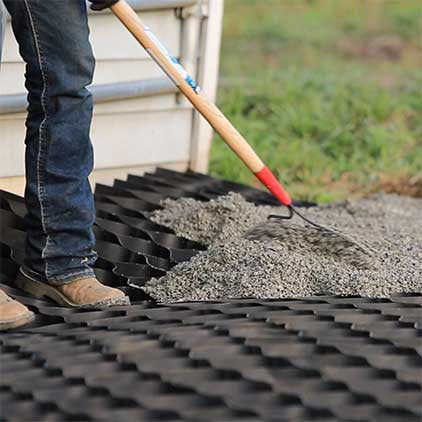
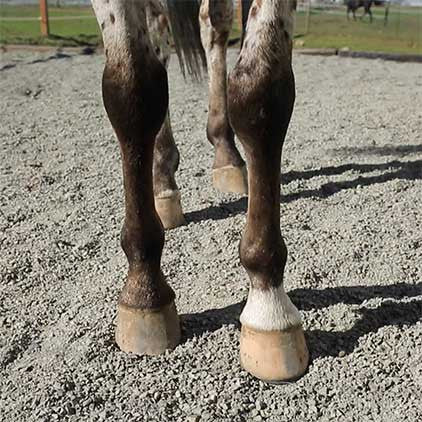
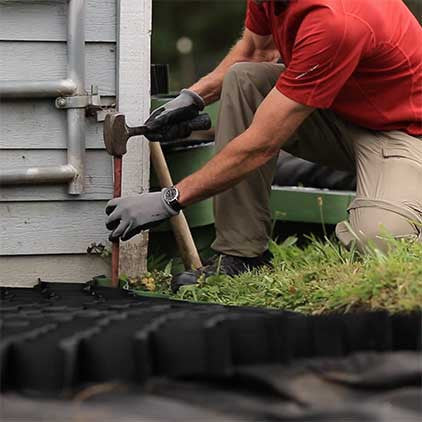
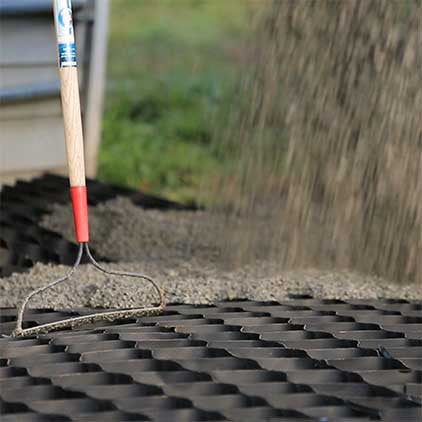
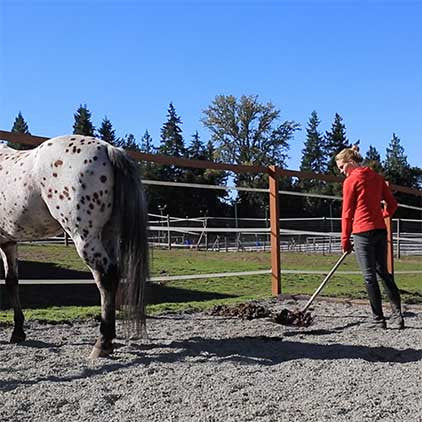
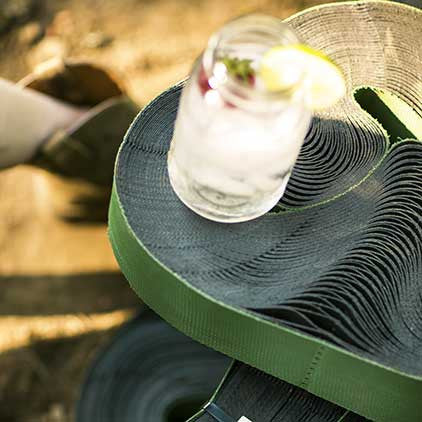

Leave a comment
This site is protected by reCAPTCHA and the Google Privacy Policy and Terms of Service apply.